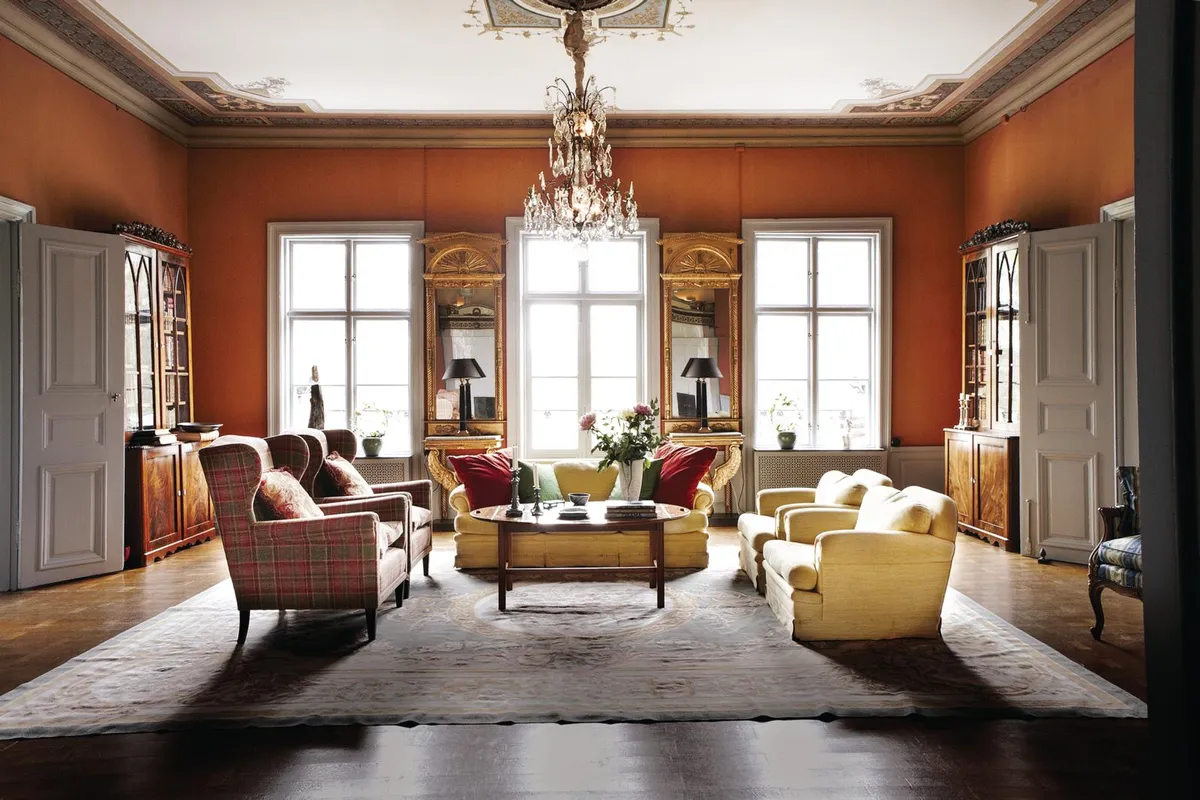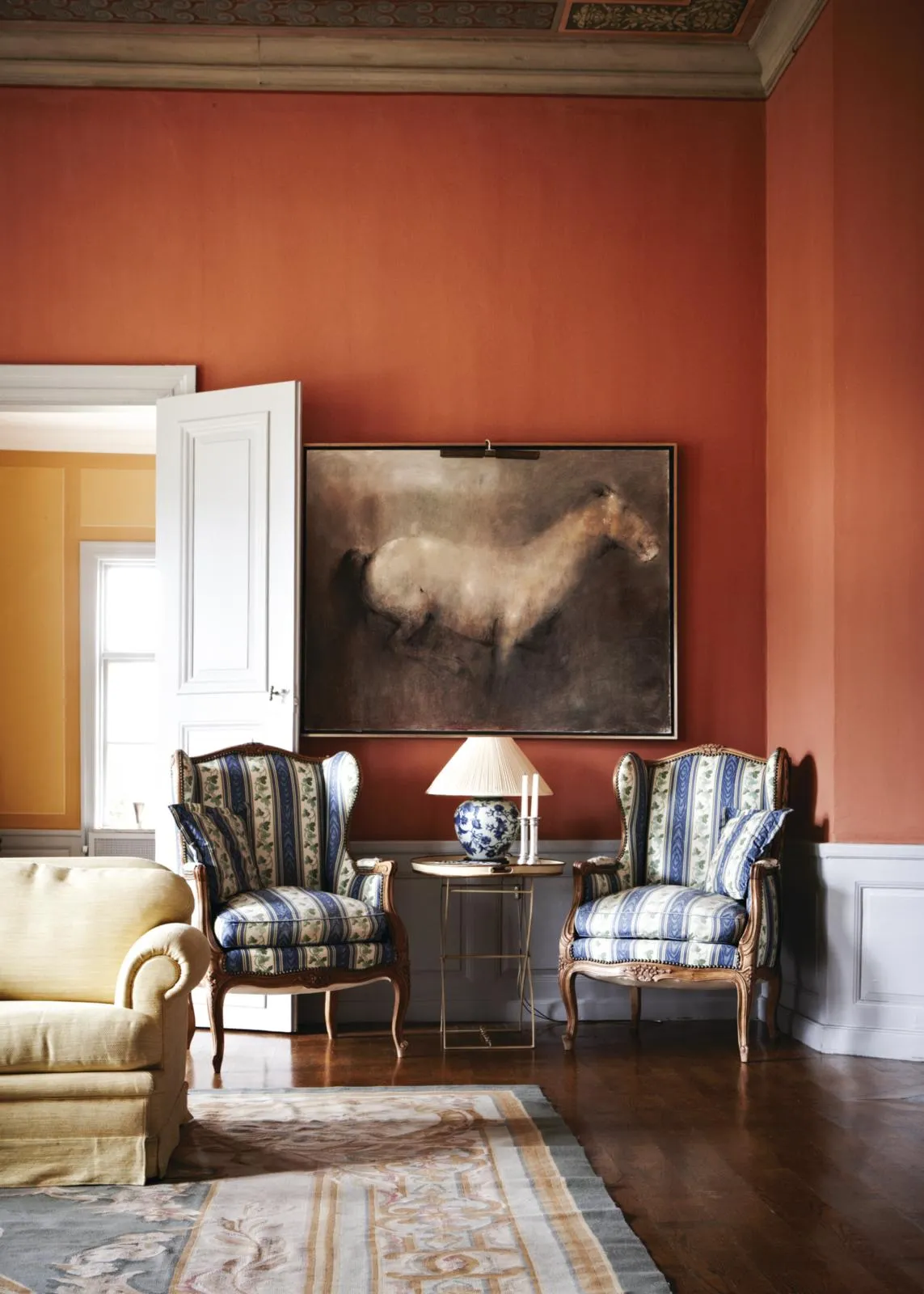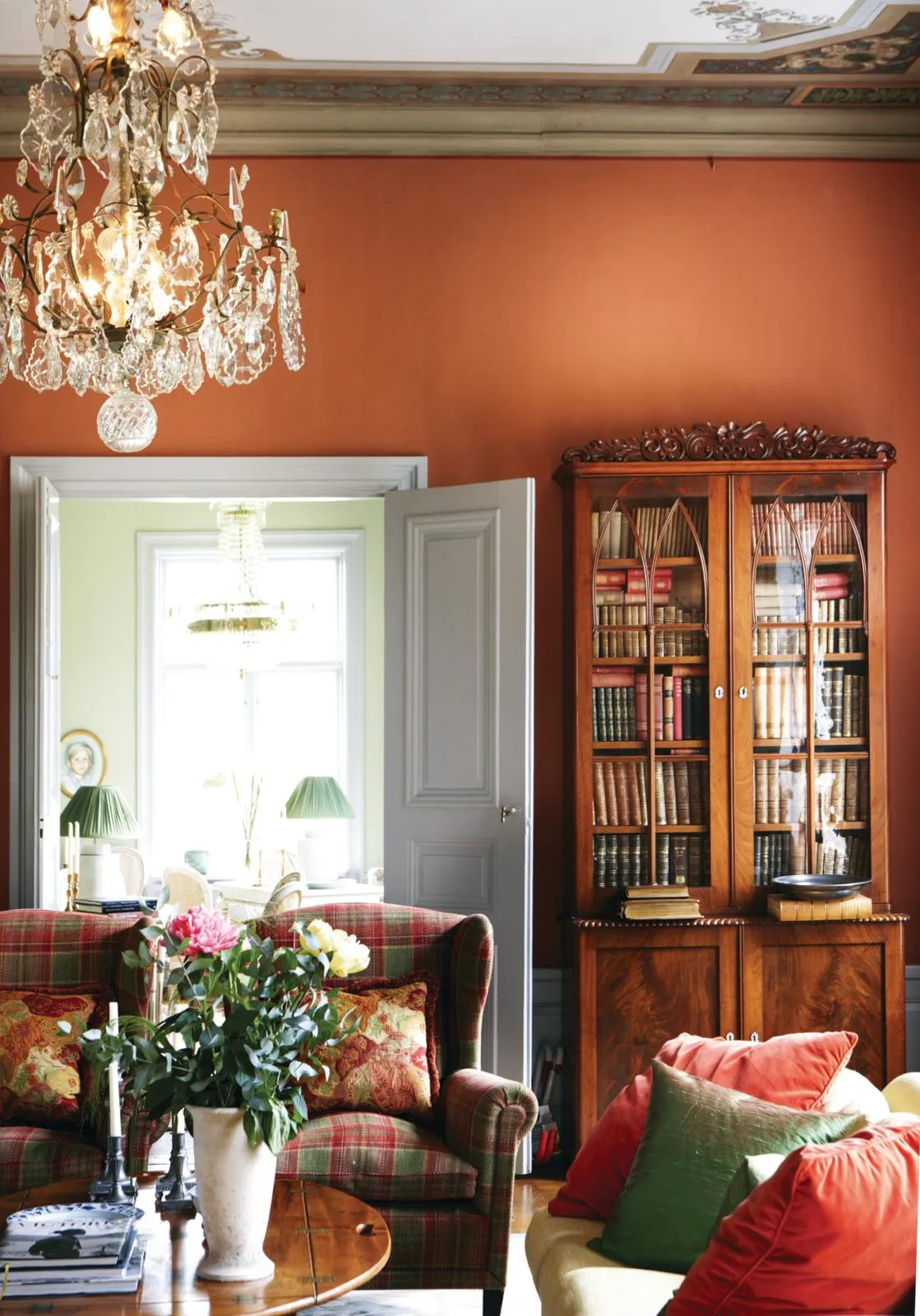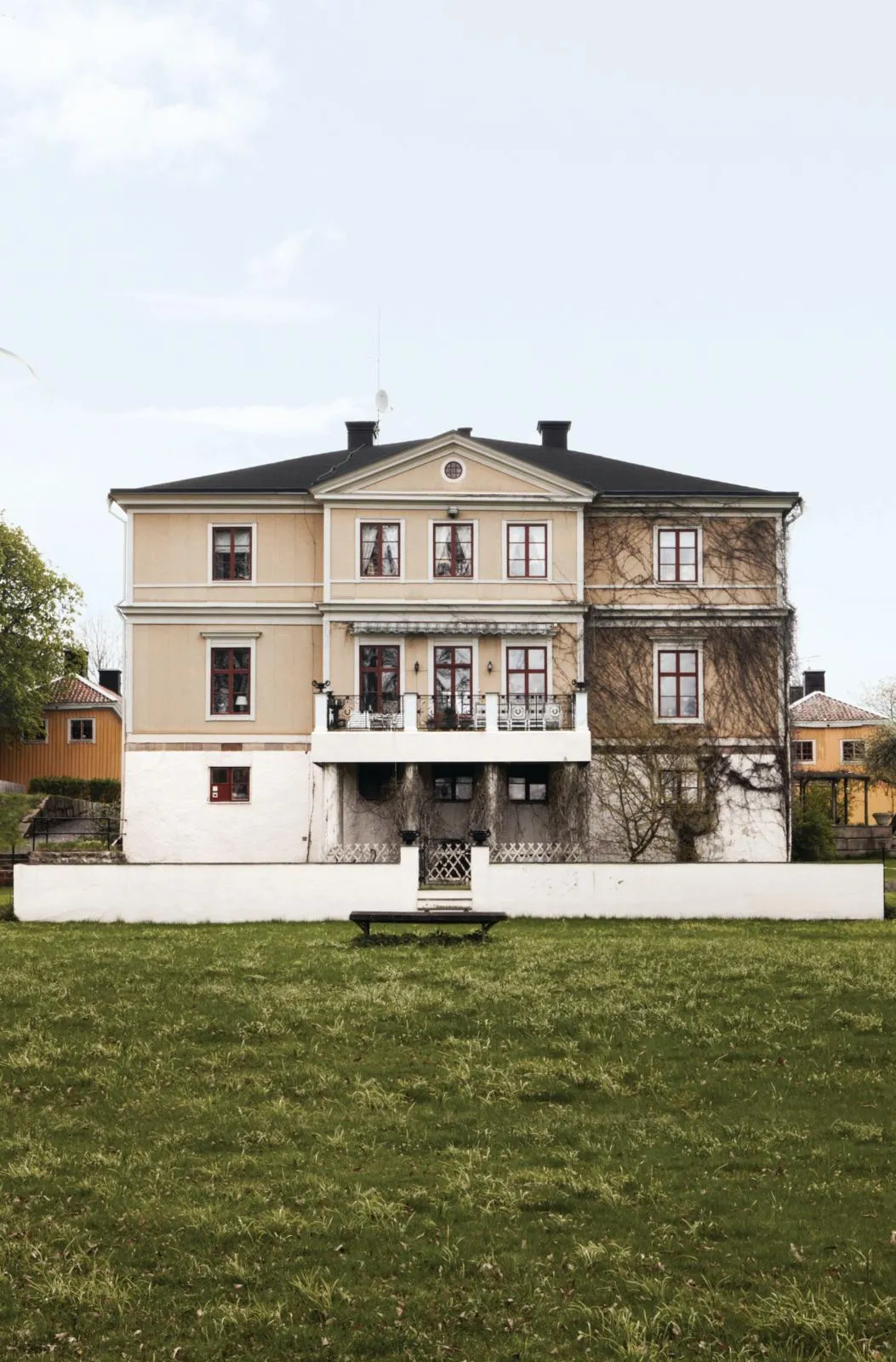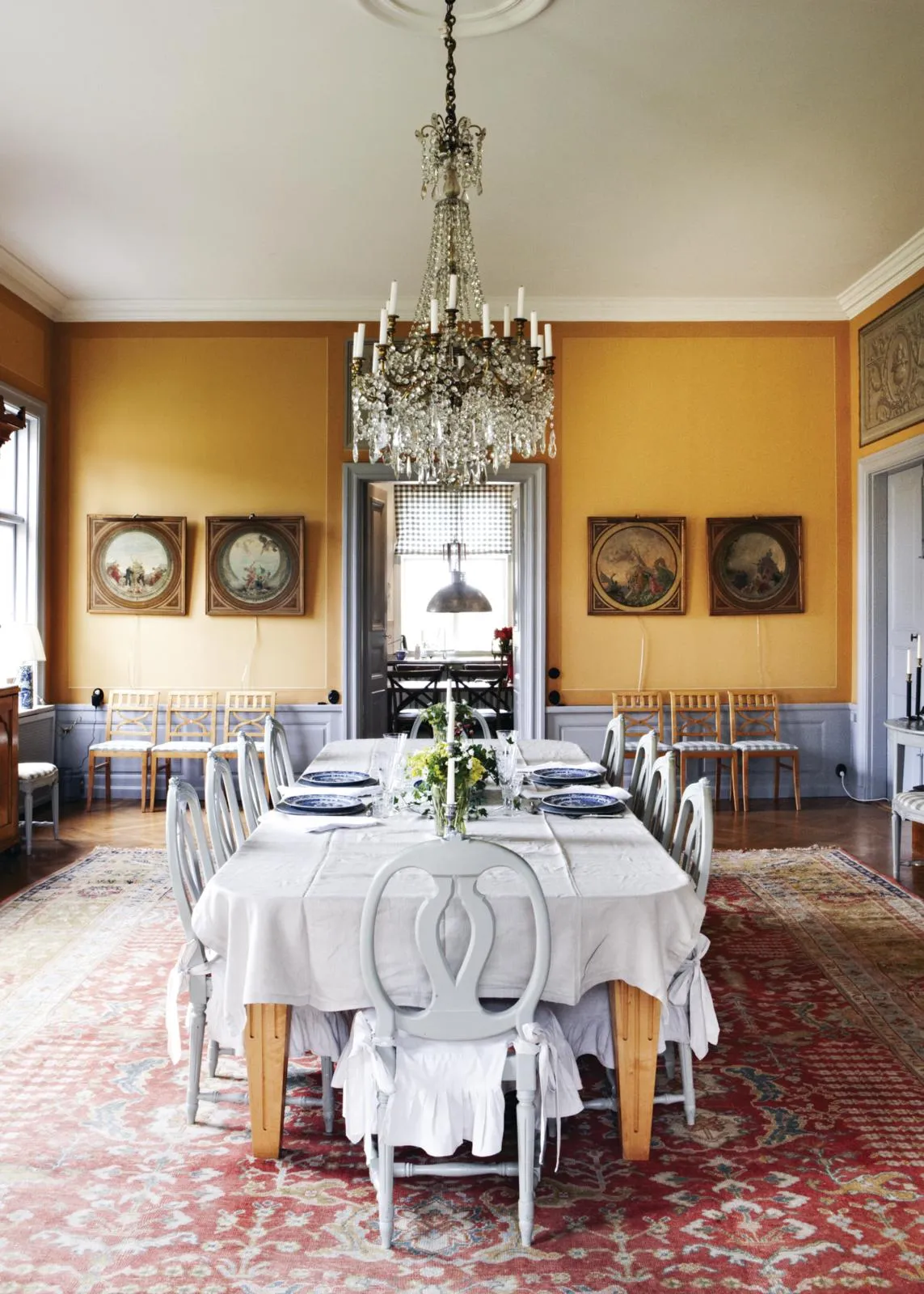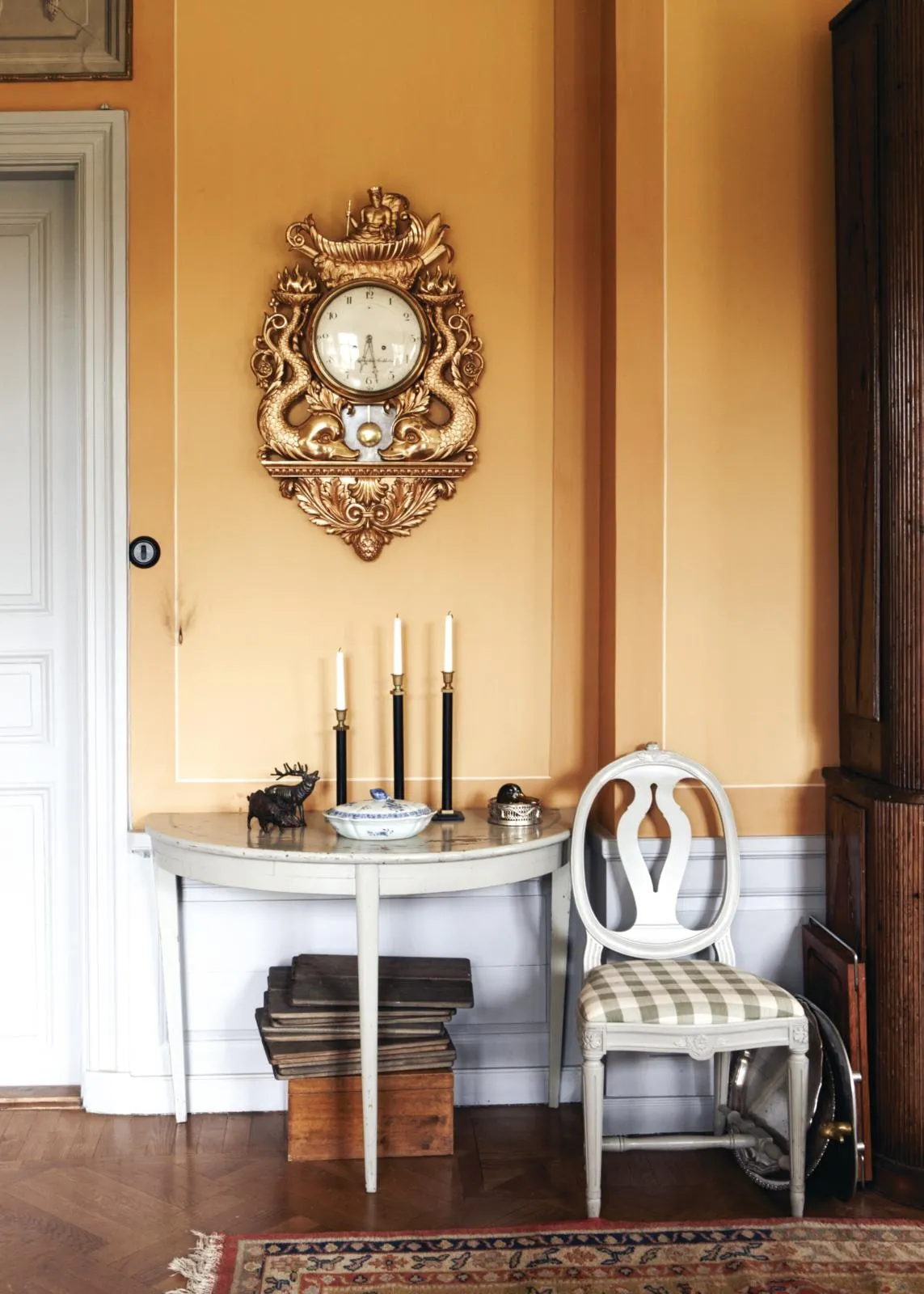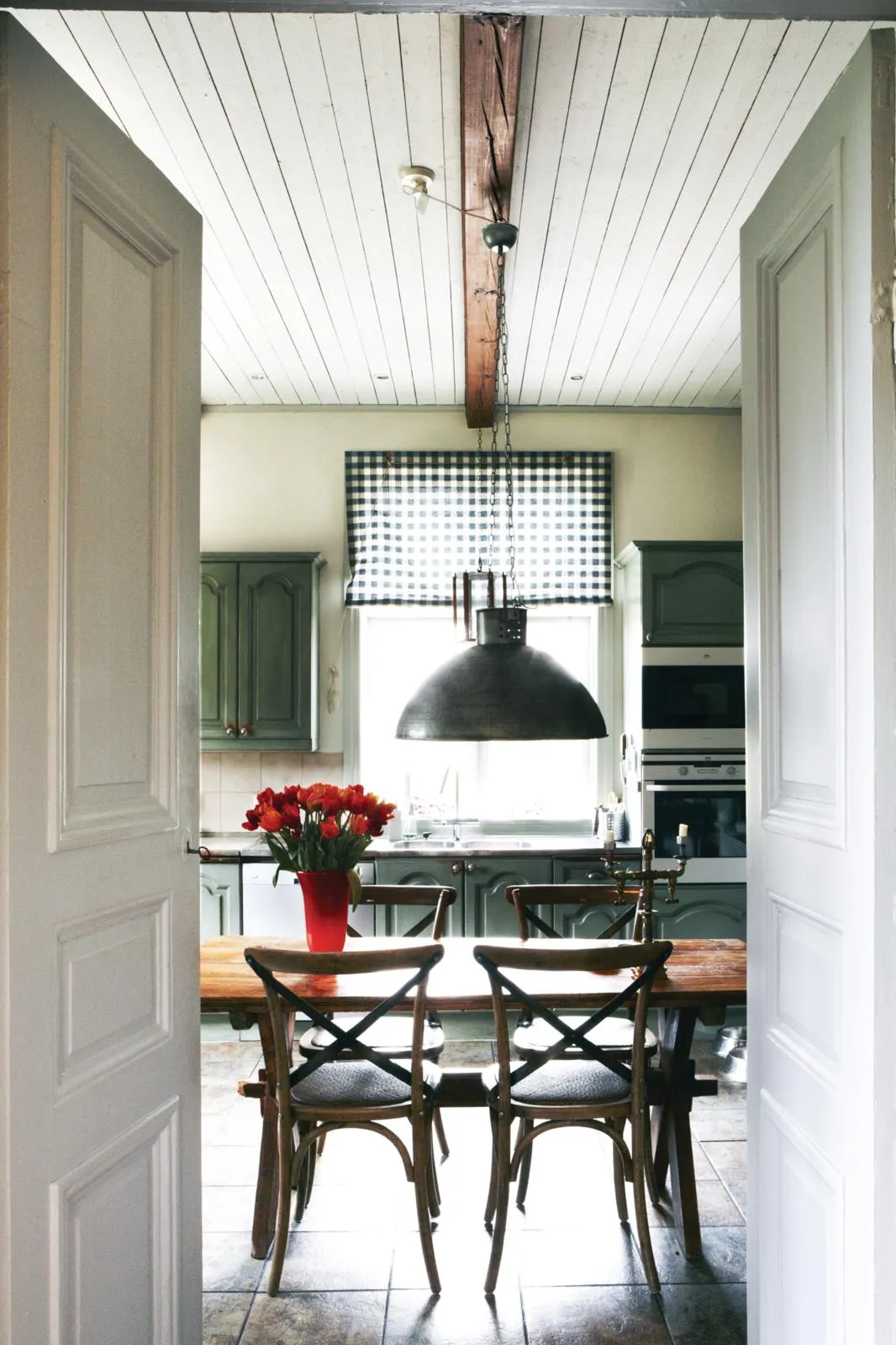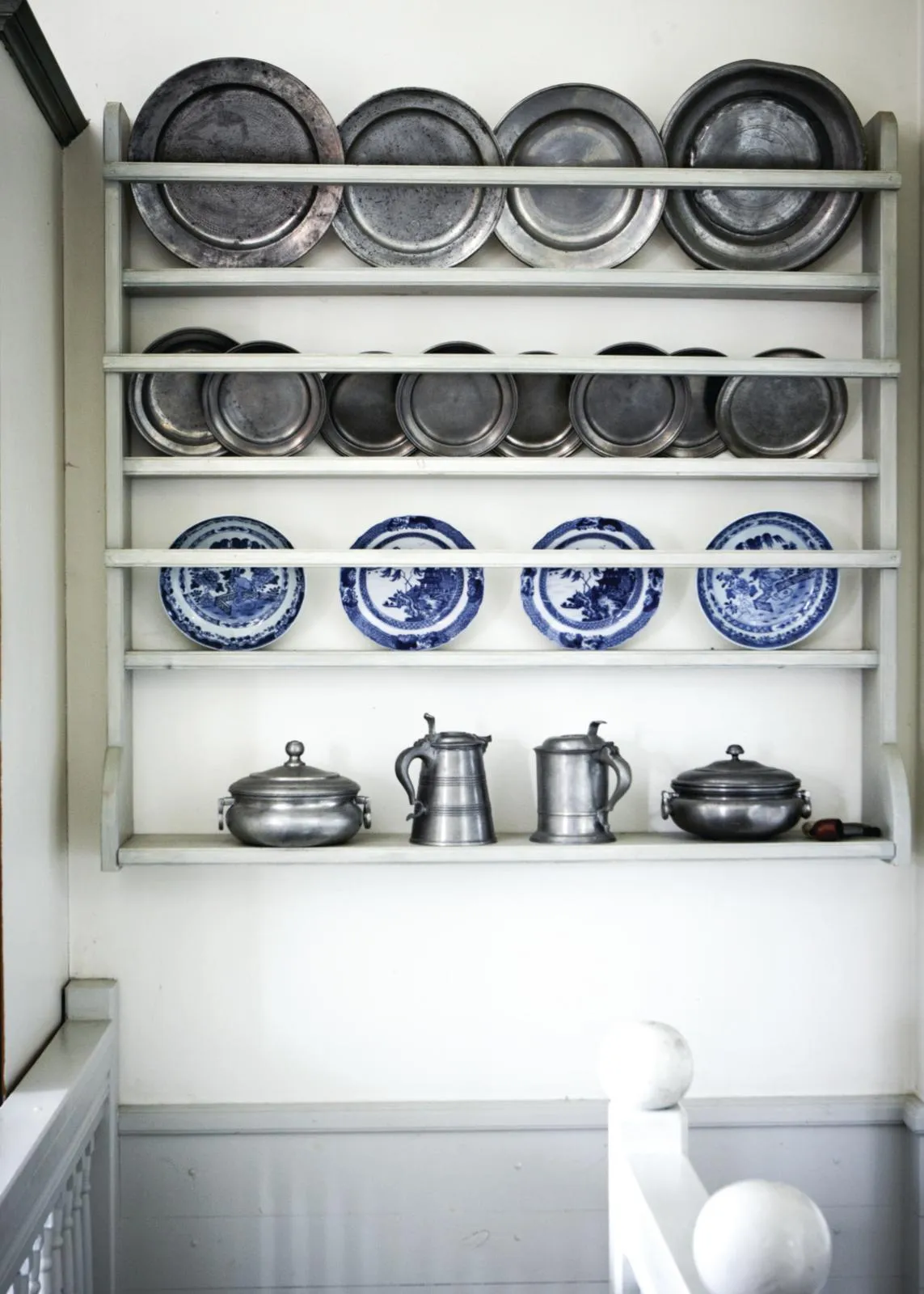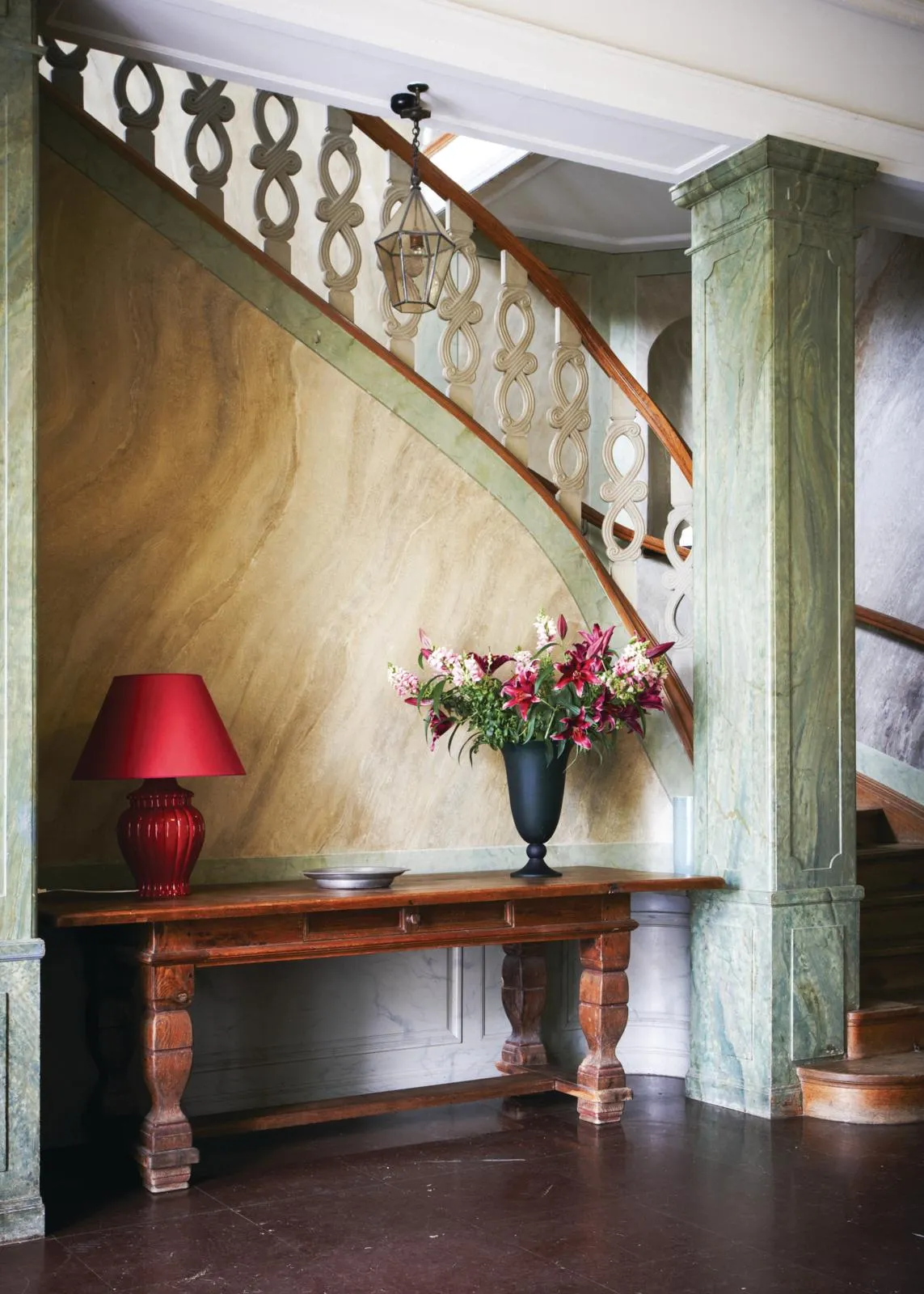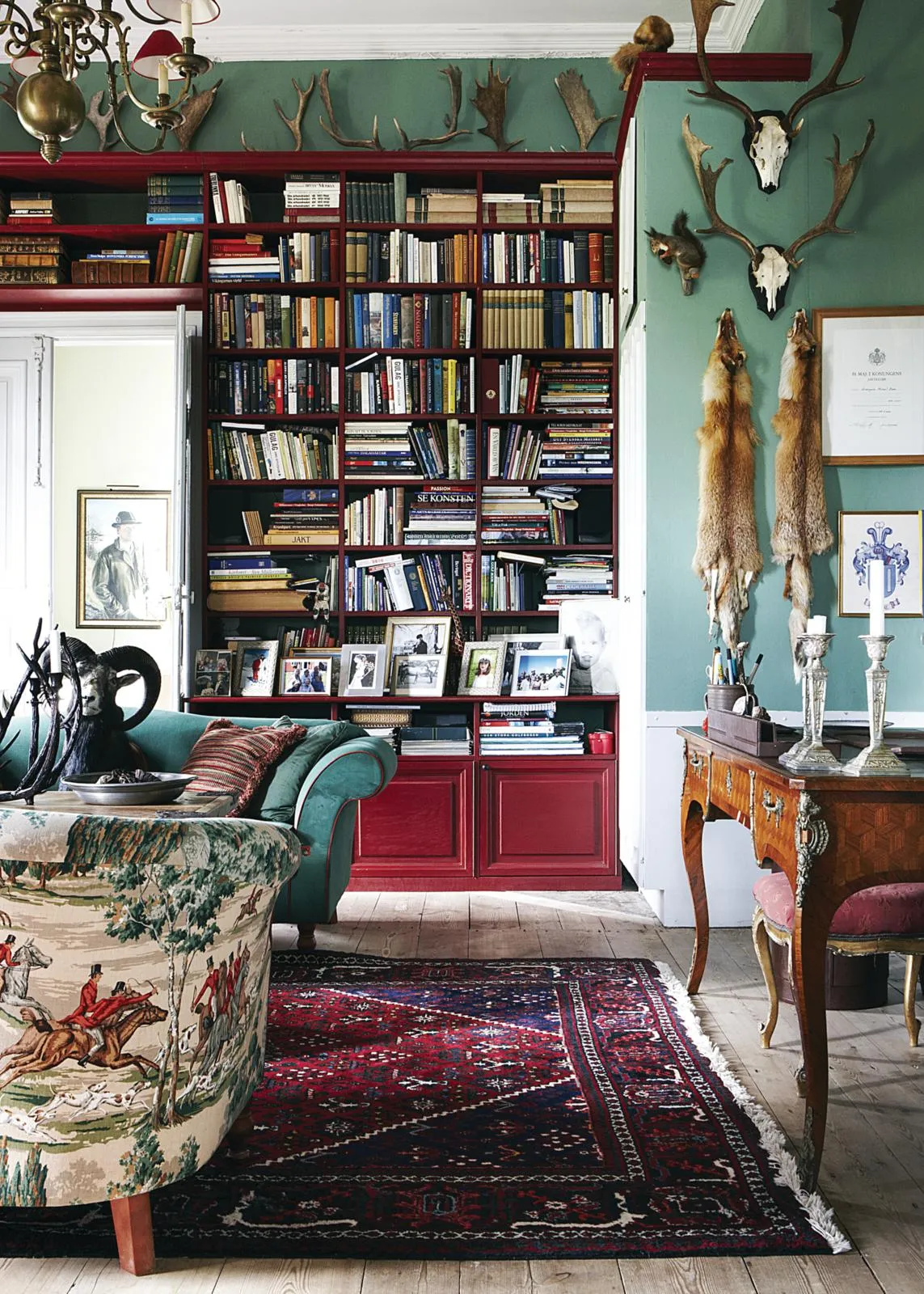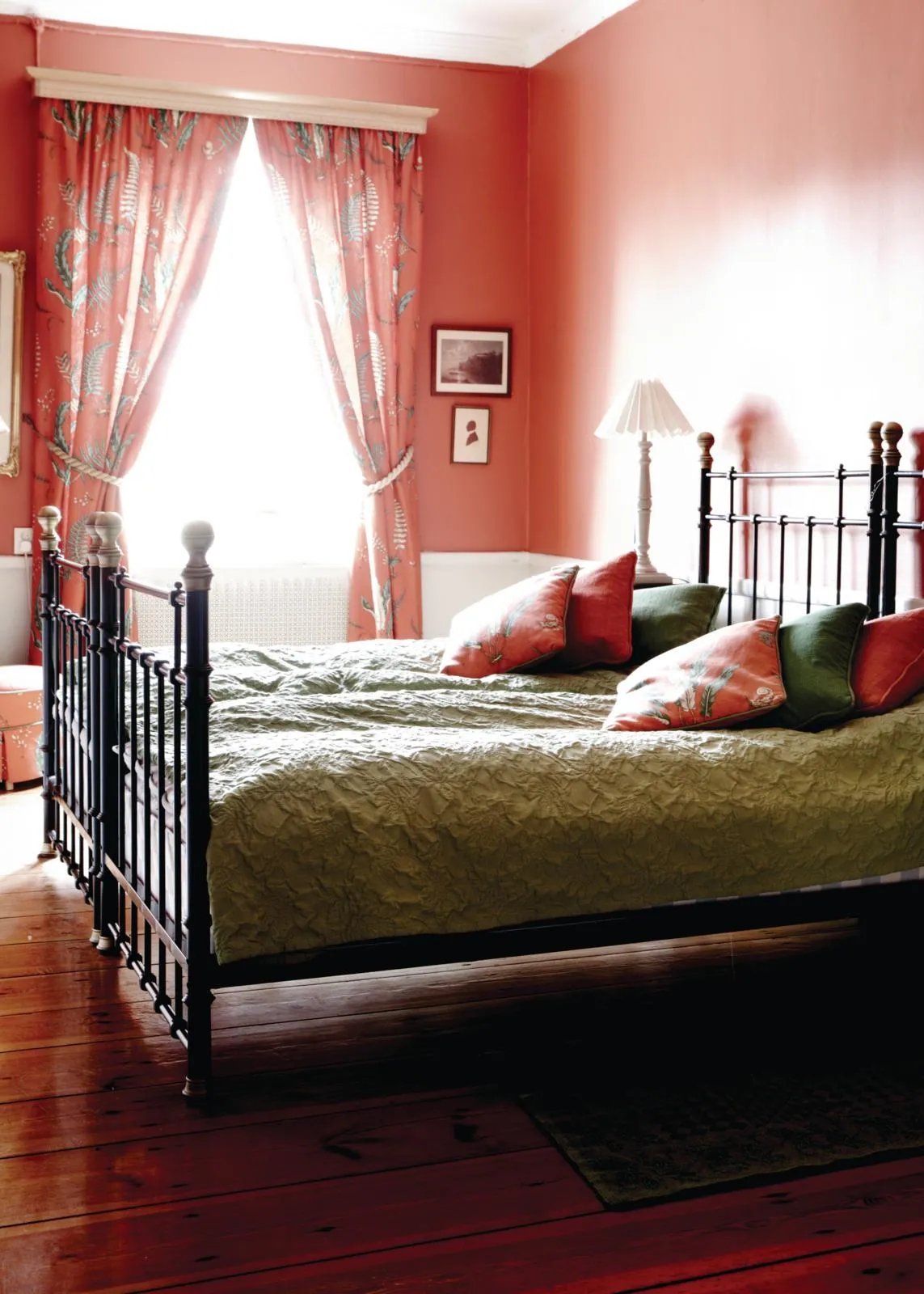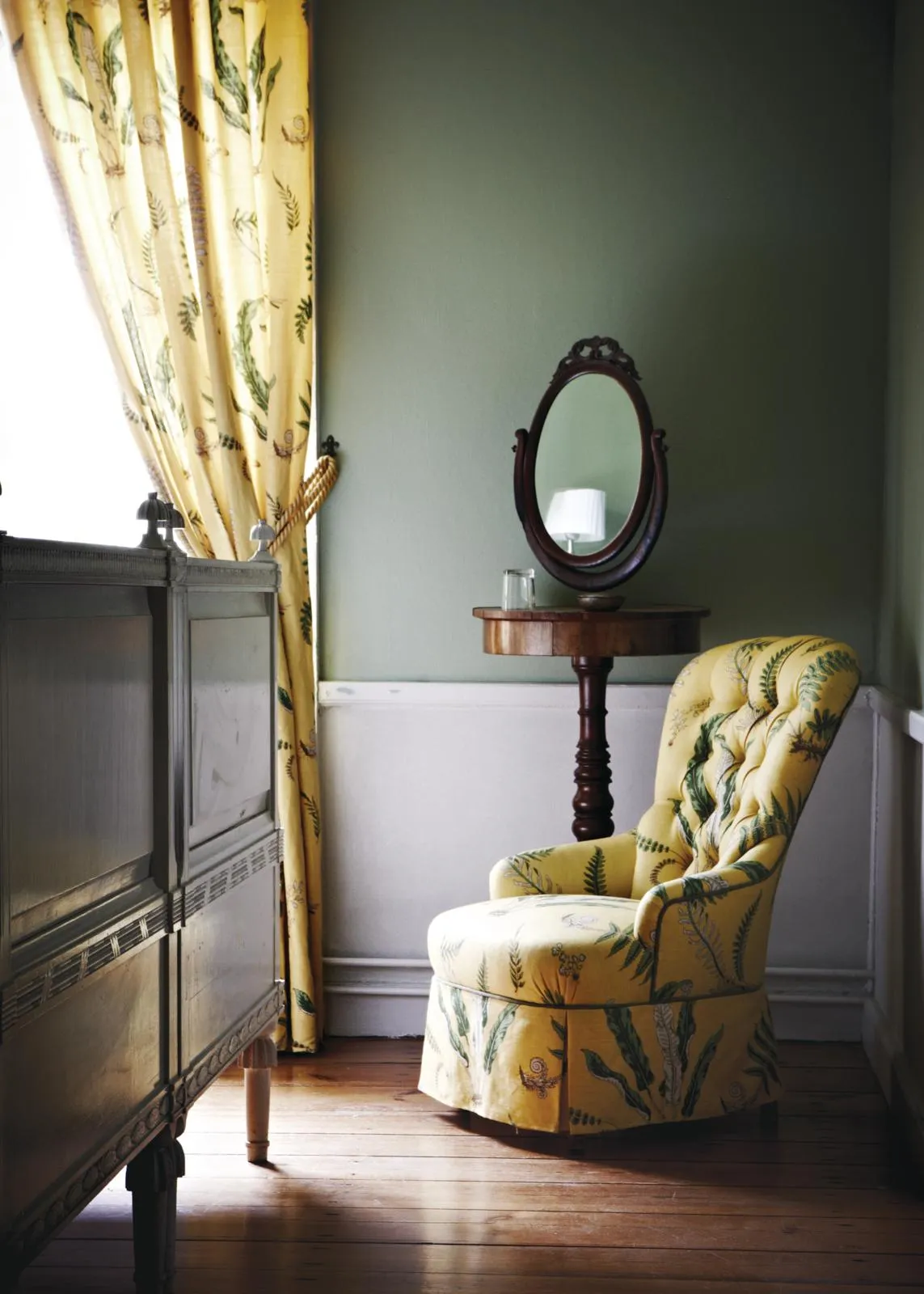Inheriting a manor house whose foundations date from the 13th century and which once belonged to a Swedish king sounds like the ultimate dream. Especially when the manor house in question is located in the postcard-pretty 400-year-old town of Trosa in southern Sweden – all painted wooden-clad cottages and romantic fishing boats lining the banks of the river.
Michael and his wife Lena moved to Åda Mansion in 1990 when, ‘the only pieces left in the house were the 19th-century chandelier in the dining room and a few chairs.’ Michael had inherited the house from his father and is the sixth generation of his family to have owned it. ‘It has been in the family since 1841, which was shortly after it had been rebuilt from scratch by the architect Carl Christoffer Gjörwell – best known for his work on the Haga Palace,’ says Michael.
Furnishing such an extensive home could have been a daunting task (there are three floors, six bedrooms and ample reception rooms) but one gets the impression that Michael isn’t the sort to become phased. ‘To begin with, when the children were young, we didn’t have much money so we bought pieces gradually, mainly from auction houses in Stockholm,’ he says.
‘Although I spent a lot of time here when I was growing up, I also lived with my mother in a farmhouse in the south of Sweden. She loved 18th-century antiques and I’ve inherited that fondness from her. It’s the form I love – soft, curved and without any harsh angles.’ And so, over the years, the couple steadily acquired pieces from that era – from Gustavian decanters to a handsome rococo desk.
The look is subtly different in the parlour though, which has been redecorated in keeping with the house’s 19th-century origins – with Empire mirrors and mahogany book cabinets. ‘After moving in we asked various experts for their opinions on how we should redecorate,’ says Michael. ‘Our aim was for the house to be as true to the original 19th-century design as possible.’
They managed to find – underneath many layers of paint – the original hues, which they matched as closely as they could. Within the space of a year and a half, the whole of the ground floor had been redecorated – with not so much of an eye on current interiors trends but on authenticity.
These days, they don’t have much spare time for hunting down new pieces, but often stumble across art and antiques on their travels. ‘Homes can become cluttered so easily when you’ve been living in them for a long time, so I’m always trying to carry things out and Lena does her best to carry them in,’ Michael laughs.
Although he’s unable to pinpoint his most treasured antiques in the house, Michael explains that his favourite rooms are the library, with its gentleman’s study feel, and stately dining room. ‘I love the atmospheres in both – and also the fact that they’re usually the rooms used for dinner parties and larger affairs,’ he says.
Despite its grandeur, this is very much a house to be enjoyed with their four, now grown-up, children, dogs and frequent guests. ‘I love living here because it’s home – and it’s been that way for so long – but also because it’s a very sociable house. It’s great for parties and when the children were young we spent so much time in its grounds, too,’ says Michael.
Despite the parties, the history and beauty of the interiors, sustaining a property like this today requires a savvy business head and the reality isn’t perhaps as breezy as you’d imagine. ‘Within the estate, we run a farm, a golf course, a hotel, a marina and hire out a vacation home,’ says Michael. The many enterprises certainly keep him busy, but he and his family wouldn’t have it any other way.
